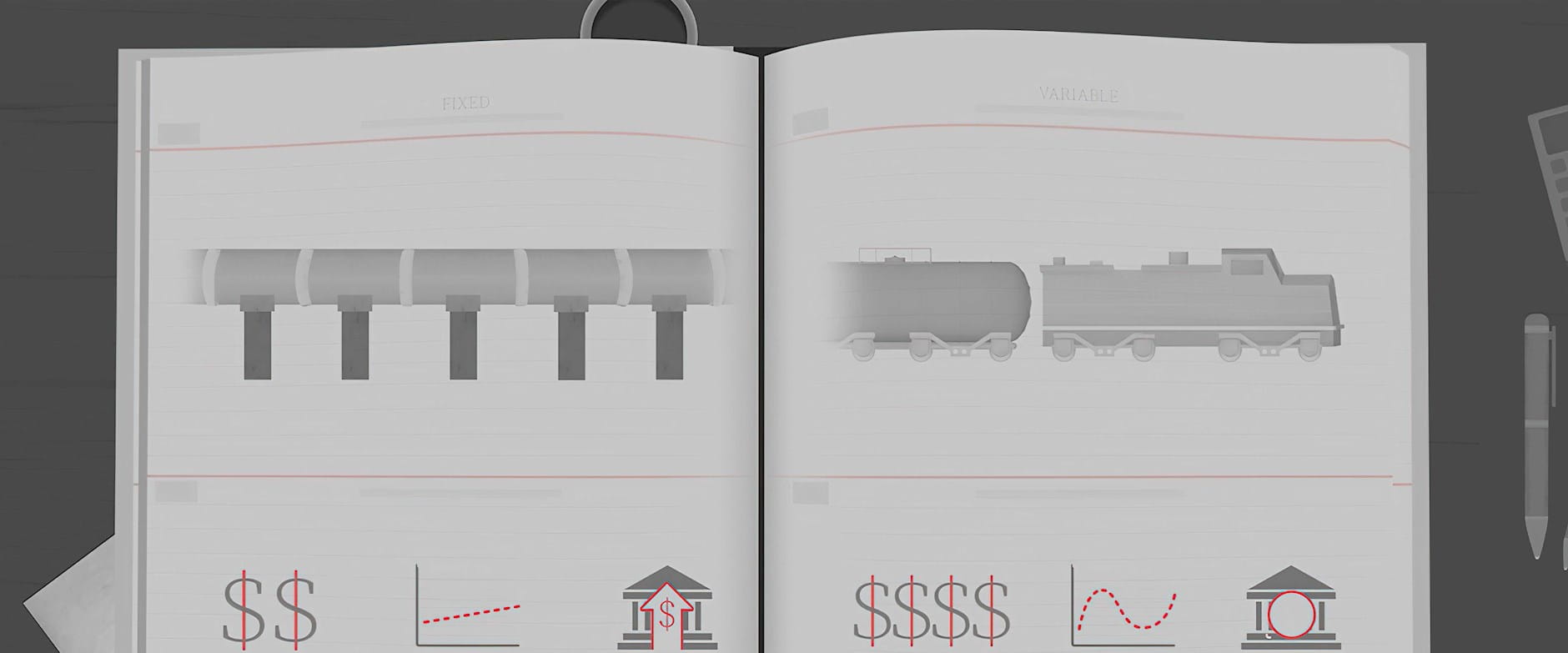
How Headwinds Forced a Young Entrepreneur to Pivot
When regulatory changes threatened to sink Alyssa Rapp’s startup, she changed tack and persevered.
How Headwinds Forced a Young Entrepreneur to Pivot
Although big pipeline projects have attracted a lot of attention in recent years, shipping via rail has remained a popular option for those who move oil, with 10 percent of American crude production in 2014 transported by rail. But given that rail is often more expensive and less reliable than pipelines, why is it still shouldering a sizable portion of the job of moving America’s oil? Research from Chicago Booth’s Thomas R. Covert and Chicago Harris’ Ryan Kellogg suggests flexibility may be a big part of the answer—and that planners in other arenas can learn from how the oil industry balances low, fixed costs with high, more variable prices.

When regulatory changes threatened to sink Alyssa Rapp’s startup, she changed tack and persevered.
How Headwinds Forced a Young Entrepreneur to Pivot
There's a universe of ambiguity between outright fraud and the whole truth.
Is Lying Part of Business?
‘Gist’ is a difficult concept, but a crucial one to learn.
To Lead Effectively, Find Your Core EssenceYour Privacy
We want to demonstrate our commitment to your privacy. Please review Chicago Booth's privacy notice, which provides information explaining how and why we collect particular information when you visit our website.